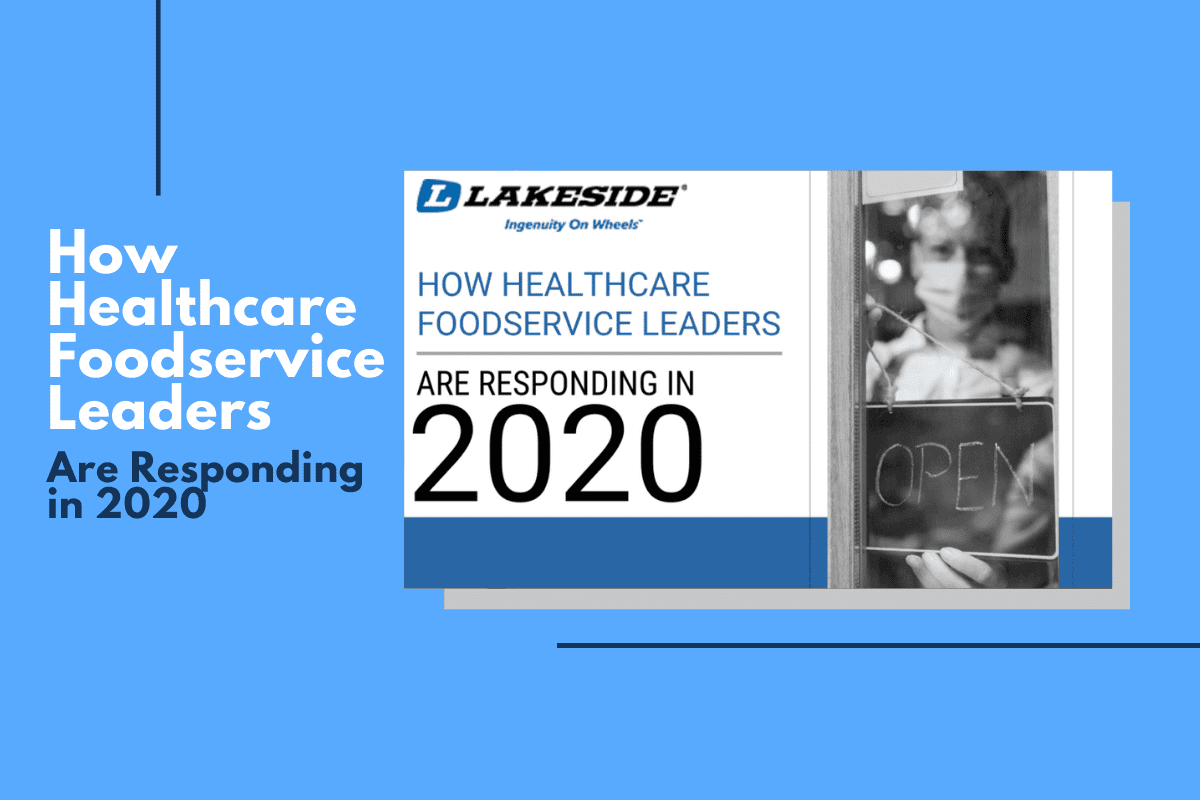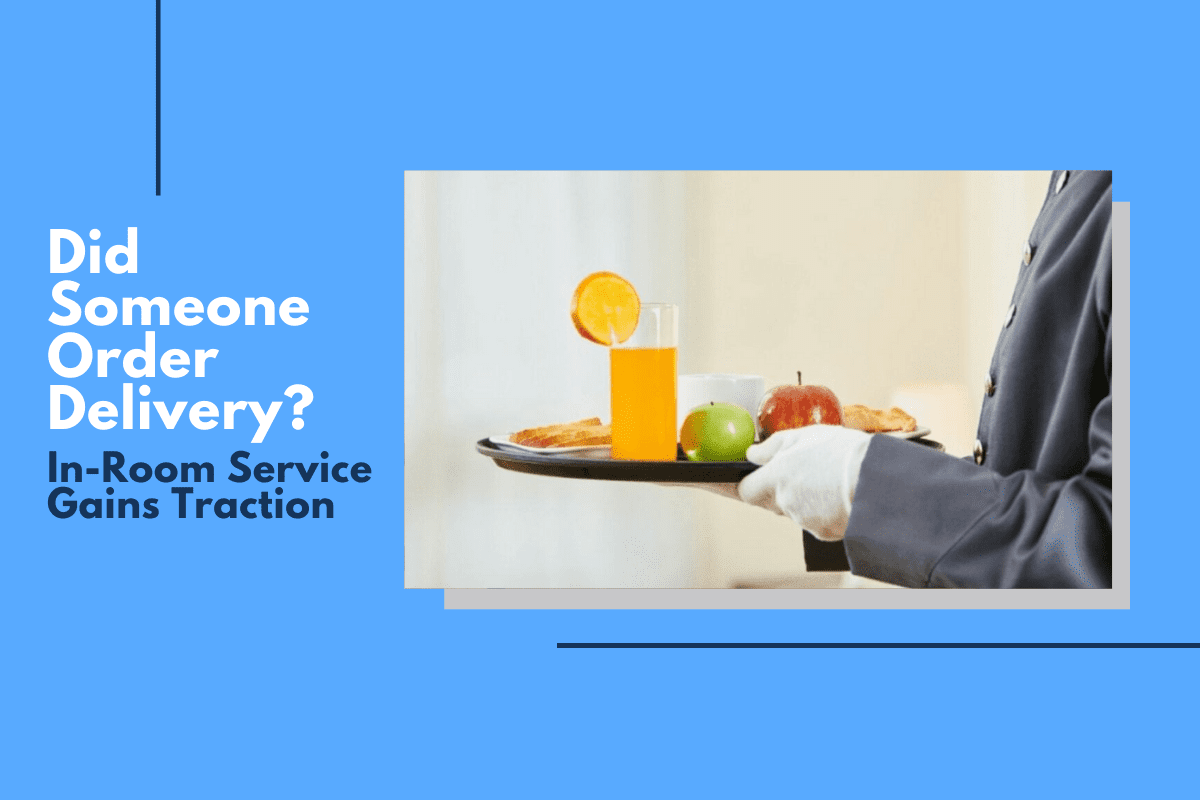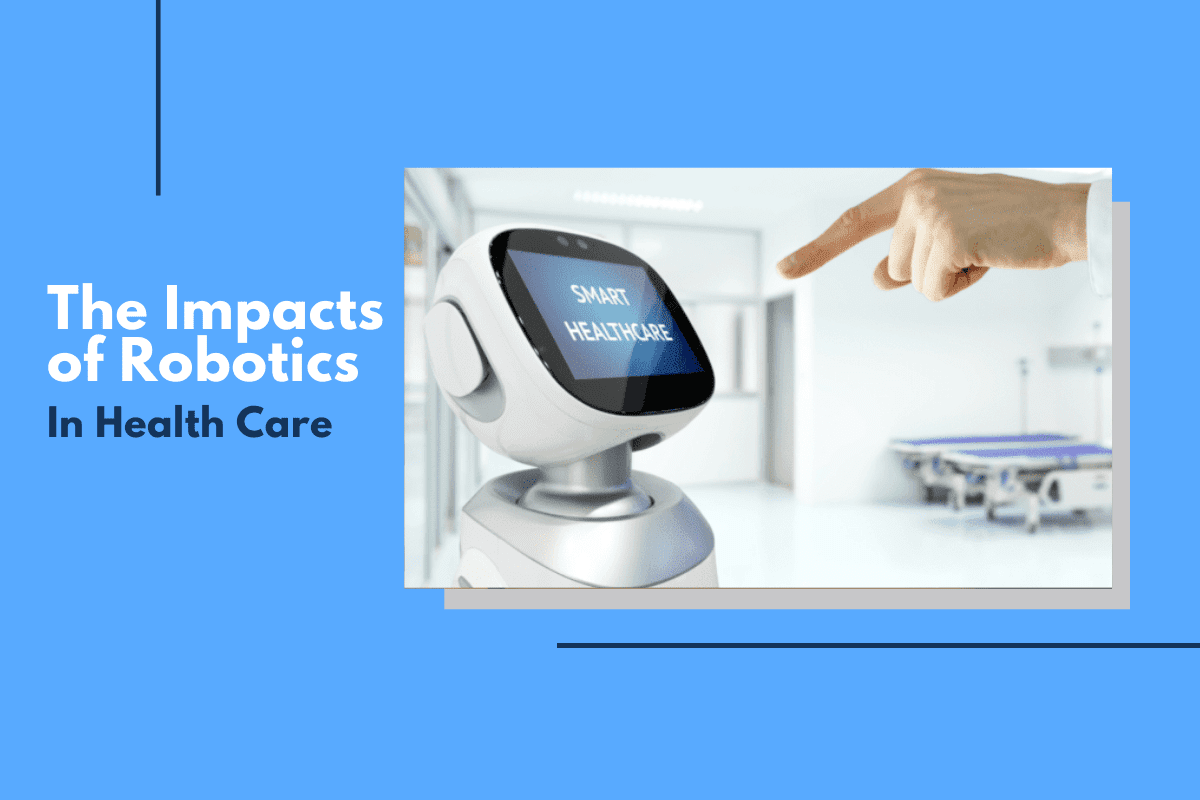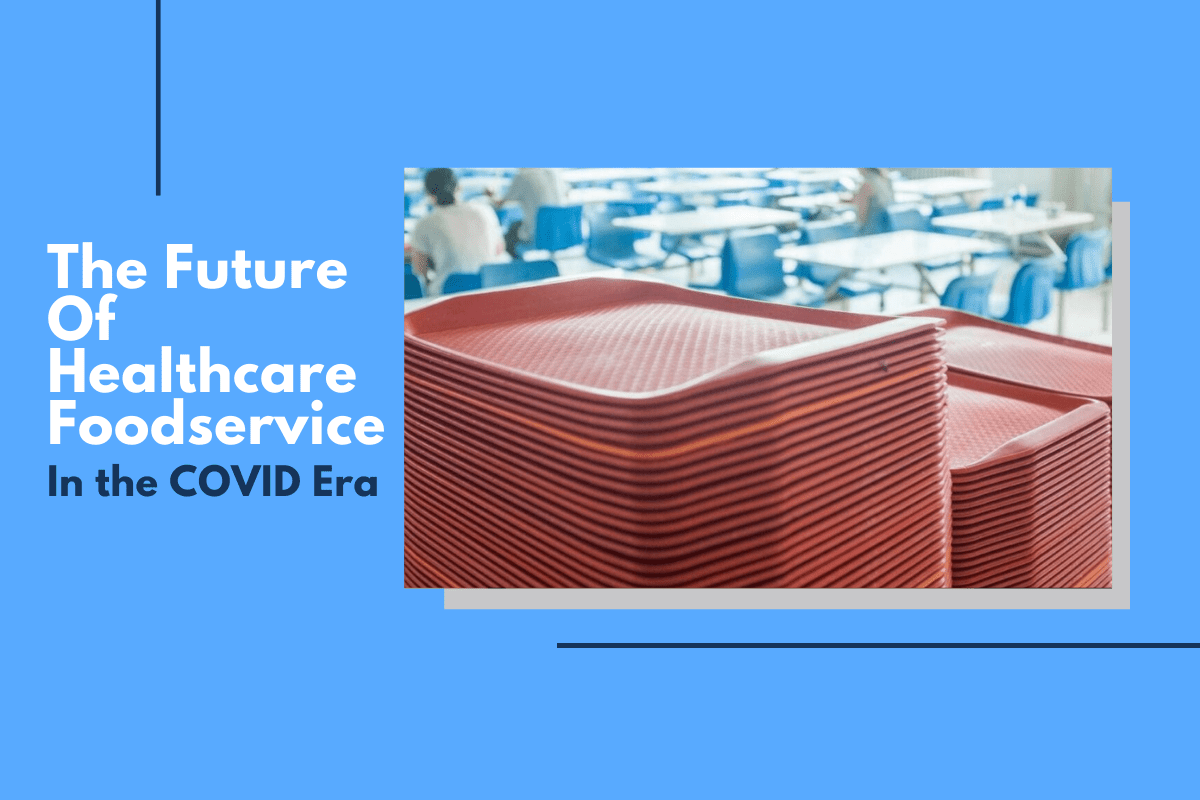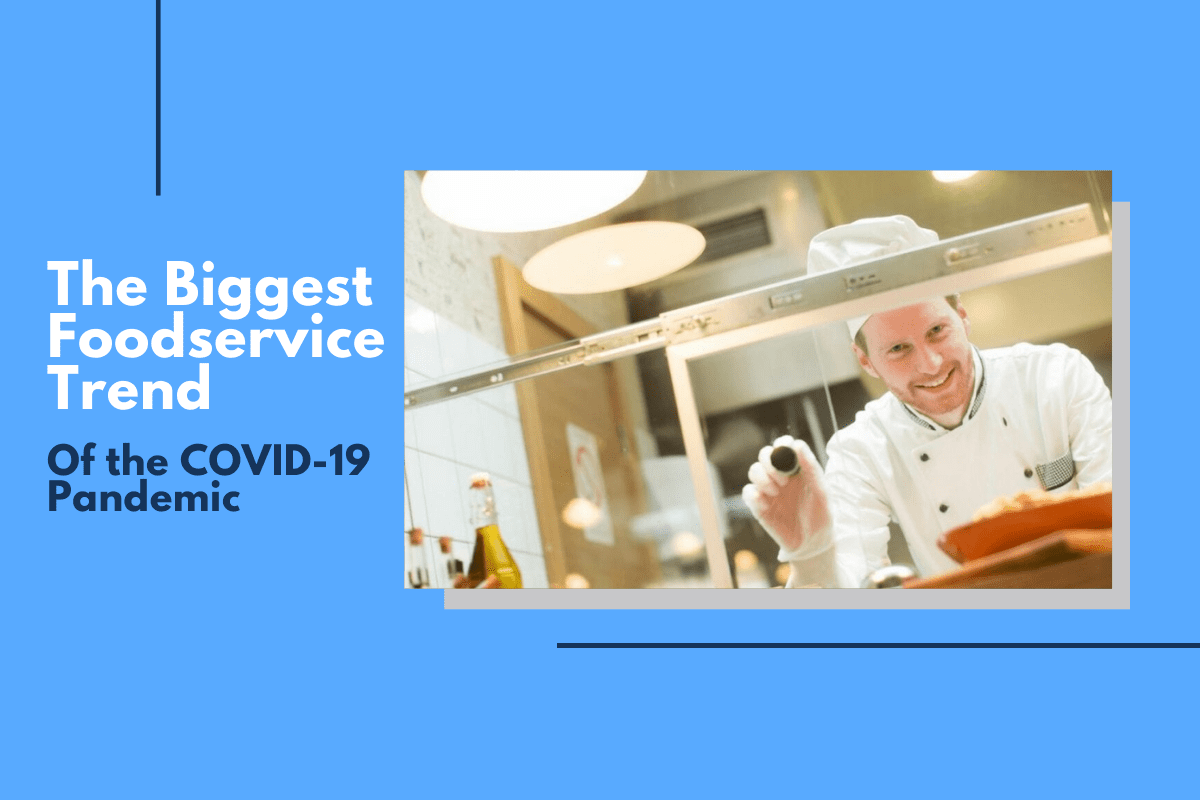Like many other industries, healthcare is impacted by a diverse group of factors. From the rising cost of coverage to meeting the challenges associated with labor shortages in the field, things are constantly changing. In order to deal with the reality of this landscape, the healthcare industry has leaned heavily on the technological advancements of today, particularly through the use of robotics and artificial intelligence.
Twenty-first-century healthcare has improved through these advancements, tapping into the potential of delivering quality care like never before. In a field that is overworked and in many cases understaffed, see how these new technologies are improving hospitals and care facilities all over the world.
Robots Allow Clinicians More Time With Patients
A common misconception out there is that robotic technology and artificial intelligence will replace the healthcare labor force. This simply is not true. The job of these technologies is to complement clinicians’ skill sets, reduce workload, and free up time for healthcare professionals to carry out tasks and activities that will have a greater impact on patient care. Instead of carrying out administrative or repetitive tasks, clinicians can leave some of those responsibilities to robots, and focus on the aspect of their job that matters most: caring for their patients.
On average, primary care physicians work 11.2 hours per day. Nearly six of those work hours are spent interacting with electronic health data and records. There simply is too much data for one person or even a team of doctors to consume and analyze. With the help of robotic technology, and more specifically, AI systems, machines can scan thousands of records and cases in an instant, picking out correlations and patterns that can help treat patients with stunning accuracy. In a profession where time is of the essence, robots and AI can make amazing contributions with both speed and accuracy, allowing for longer, and more dedicated one-on-one care for doctors to have with their patients.
Covering Common Procedures
In most healthcare facilities, there are standard procedures that must be administered regularly to patients. Drawing blood, checking blood pressure, and administering shots are procedures that should be achieved regularly and with the same attention to detail. For these tasks, robots could prove to be quite an asset.
A recent study published by the journal Technology revealed some pretty remarkable findings. In the study, a robot device was successful at administering blood 87 percent of the time on the 31 participants in the trial. In previous studies, health care professionals recorded only a 73 percent success rate of patients with visible veins, while the robot device was successful 97 percent of the time. Utilizing robotic technology for these practices would guarantee that they were performed properly each time and save precious time for medical staff.
Improved Accuracy
In an industry where accuracy is critical and often the difference in life or death, developing technology that boosts accuracy to the next level is critical. In order to provide accurate diagnosis and treatments for patients, all data collected must be accurate. With robotics, administrative and recurring clinical duties, such as monitoring patient vitals or inputting patient data, will be achieved with remarkable efficiency.
The precision found in these robotics is unmatched by the human hand and potential errors that can happen. Take the Da Vinci surgical robot for instance. This amazing device has completed well over 6 million surgeries worldwide and equips surgeons with the ability to perform minimally invasive surgery with astounding accuracy. In addition, studies have shown that surgeries with this robot have resulted in far fewer complications following operations. With the help of robotics, surgeons will benefit from these devices greatly. By delivering small, precise incisions, robots provide immense value, allowing surgeons to not worry about possible human error such as fatigue or lack of range of motion.
Implementation Across The Entire Healthcare Landscape
Globally, Robot technology in healthcare facilities has ramped up because their benefits are too good to ignore. Not only do they allow for improved patient care, but they also impact cost savings and waste reduction, to name a few perks.
Throughout the United States, Automated Pharmacies that utilize robotic technologies are becoming extremely popular. Robots can update records sent from the hospital, label, package, store and fill prescriptions with ease and undeniable accuracy. Again, this allows pharmacists to free up time to educate themselves on medications and provide valuable insight and consultation for patients.
One of the rising trends in healthcare is telemedicine. With a shortage of health care professionals and the unavailability of specialized care in some remote locations, robotics provide a real solution to this issue. Complete with full audio, video, and camera capabilities, these telerobots provide timely communication, data tracking and enable clinicians the ability to remotely log in and speak with a patient.
Looking Ahead
There’s no denying, robotics and AI technology are rapidly changing the healthcare industry. Because of the many benefits related to cost, accuracy, and accessibility, care facilities are catching on and adopting these remarkable assets into their everyday operation. From surgical assistant robots to machines who carry out non-patient facing tasks like stocking and cleaning, these technologies are improving healthcare by leaps and bounds.
